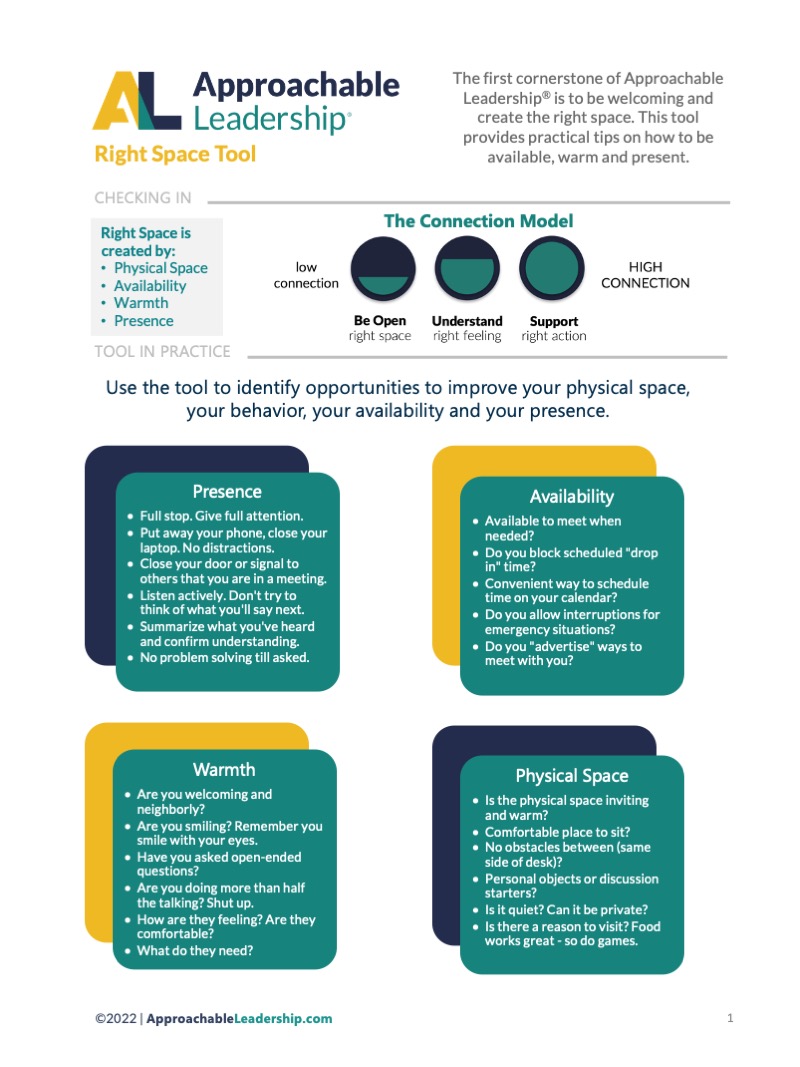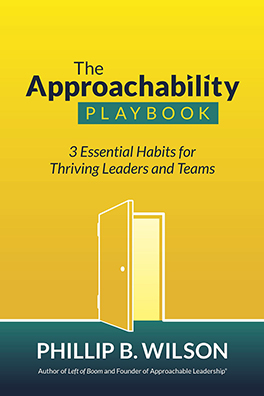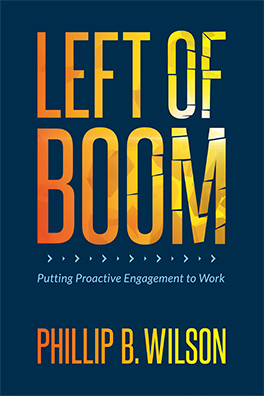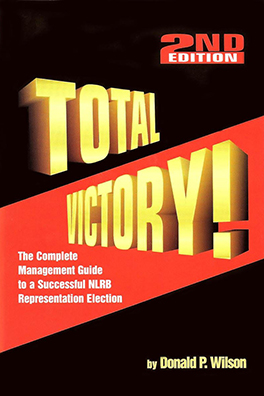The National Labor Relations Board (NLRB) General Counsel’s recent memorandum GC 25-02 highlights critical changes in how settlement agreements are assessed. It emphasizes the need to protect public rights in addition to merely resolving private disputes. This development has significant implications for HR professionals working on labor relations and compliance practices.
Key Takeaways from the Memo
Focus on Public Rights
The memo reiterates the NLRB’s commitment to ensuring that settlement agreements serve the greater public interest, not just the interests of the parties involved in the unfair labor practice (ULP). This means settlements must address the broader impact of ULPs, including their effect on employees not directly named in complaints.
Stringent Standards for Approval
Settlement agreements will now be scrutinized under a four-factor test derived from the Independent Stave Co. decision. This test evaluates:
- Which parties agreed to the settlement, including the General Counsel’s position.
- Whether the settlement is reasonable given the alleged violations, litigation risks, and stage of the case.
- Any evidence of coercion or fraud.
- The respondent’s history of legal violations or breaches of prior agreements.
Agreements failing to meet these standards risk rejection by administrative law judges or the Board itself.
Increased Role of the General Counsel
The General Counsel’s position on a settlement carries significant weight. If the General Counsel opposes a proposed agreement, it will likely face heightened scrutiny, especially if it fails to fully remedy the harms caused by the alleged violations.
Expanded Remedies
Settlements must address the full consequences of ULPs, going beyond just monetary compensation. For example, agreements may need to include public notices, reinstatement offers, or other measures to reassure employees about their statutory rights.
Implications for HR Professionals
- Compliance and Risk Management
HR teams should proactively address unfair labor practice allegations, ensuring that any proposed settlements meet the NLRB’s heightened standards. Failure to do so could lead to costly litigation, reputational damage, or agreement rejection. - Transparent Practices
Transparency is crucial when negotiating settlements. Agreements that include broad confidentiality clauses or fail to inform the workforce about their rights are less likely to gain approval under the NLRB’s new approach. - Employee Relations Strategy
The memo highlights the need to consider the ripple effects of labor disputes on the entire workforce. HR professionals should ensure that settlements foster a positive workplace culture and address any chilling effects on employee rights. - Increased Collaboration with Legal Teams
Given the complexity of the new standards, HR must work closely with legal counsel to draft and review settlements. Understanding the General Counsel’s priorities and aligning settlement terms can help mitigate risks.
Conclusion
The NLRB’s new emphasis under GC Jennifer Abruzzo on the role of public rights in settlement agreements marks a shift in settlement strategy that can impact the resolution of ULP disputes. HR professionals must adapt to these changes by implementing robust compliance measures and fostering open communication with employees and legal teams.






